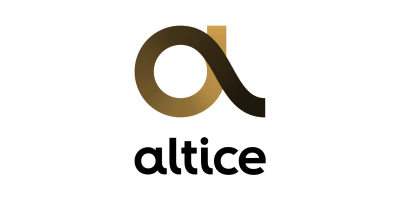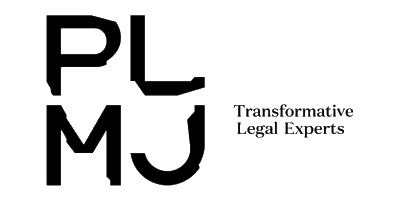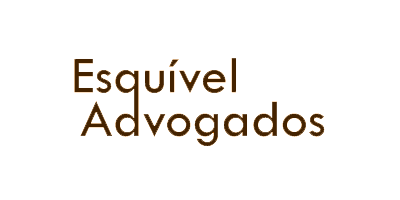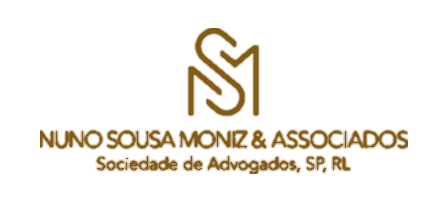Seven essential steps for translating your website
Website translation can vary a lot from site to site – an e-commerce with thousands of pages will need a different translation strategy from a small NGO’s website with only “about us”, “our team” and “contact” pages.
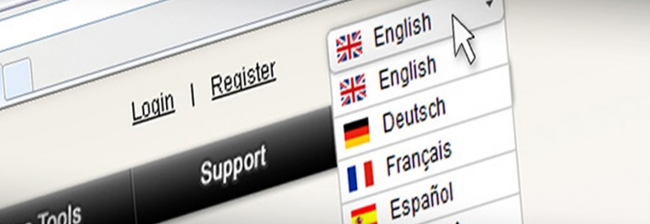
The translation process varies also according to your objectives. Do you want to reach a new audience? Are you looking to increase sales to an audience you already have? Or maybe the most important thing for you right now is to improve search rankings?
Yet different as the strategy and processes may be in each case, there are some steps which are essential for you to successfully translate a website.
Here you will find them listed as seven steps, in two phases: planning and action. This is obviously not the only way to look at website translation, but you will find it logical, clear — and helpful.
Plan it thoroughly
Don’t be daunted; this phase is simply the process of understanding what will serve you best, and how you can get it. It’s where you will:
1. Decide what you want. You will define the objectives — one or more — you want to attain by creating a multilingual website.
2. Decide how you will get there. In this step, you will find the answers to these questions:
- How many languages do you want to create websites in?
- Do you have offices based in the countries where those languages are spoken, or is this decision based on customer localisation data?
- Are you starting from scratch, or do you need to create foreign languages versions of an existing website?
- What does your market research say: will translation and localisation do, or do you need to decide on a different content strategy and create original content for the multilingual websites?
3. Decide who you need to help you get there. Once you know the answers to the questions above — and to any other questions you find pertinent to your planning —you can assess your in-house team and see whether you have all the people you need to carry out a successful website translation.
If you don’t, this is where you will choose and hire a team of website developers and translation, localisation, SEO, and marketing experts.
Act and adapt
The second phase is the actual creation of your website. This is what you will do:

4. Decide on technical aspects like website structure and architecture — always keeping in mind that these will impact your multilingual website’s SEO. If this sounds daunting, remember an expert will help you navigate these waters confidently.
5. Do your keyword research. Here you will use research tools to discover what keywords your target audience use when they look for the products, services or information your website offers. If this sounds intriguing, you can learn more about SEO here.
6. Once you know all the keywords that will help your audience find your multilingual website, you can create your website content. Your team will translate and localise your texts, or they will develop and implement a content strategy tailored to your foreign audiences.
7. Lastly, you will make your new websites public.
But it does not end here: whatever your objectives, you can achieve even better results by analysing the new data — such as traffic, customer interaction etc. — and adapting and refining your multilingual content as needed.













